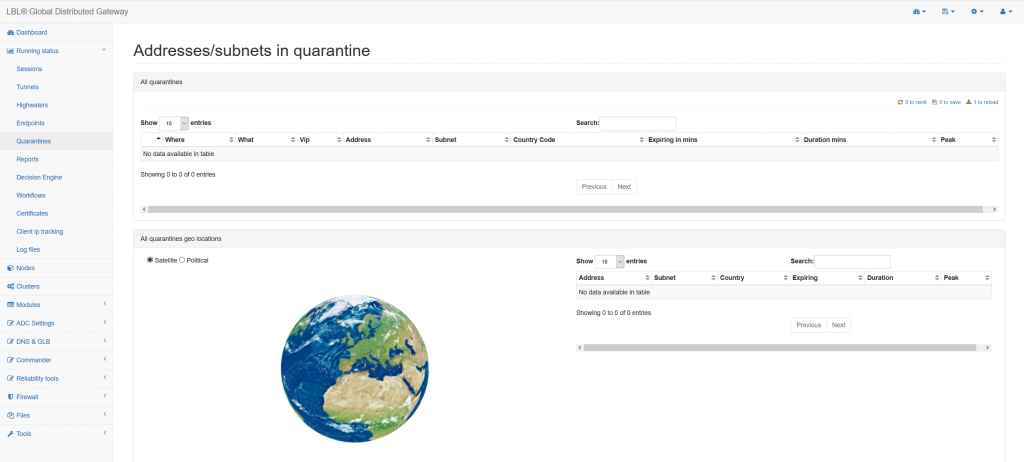DDoS Attack Mitigation: how not to lose money in eCommerce due to blocked services
Marketing worked two weeks on the promotion, the newsletter is sent out and everything seems to be working. It was very successful, but I lost a lot of money because the services crashed.
How often do similar circumstances occur in the context of eCommerce? How much is lost?
For the first question the answer is: “They occur very often when advertising campaigns are successful, generating many requests from customers”.
It’s lost on two fronts simultaneously:
The first loss is direct: failure to sell. In a pre-holiday period, it is more than proportional to the application blocking time due to the abandonment by the customer. It is estimated that, in the pre-holiday periods, collections can reach 40% of the entire year, and each blocking minute can be worth from tens to hundreds of thousands of Euros.
The second loss is more subtle and has long-term effects due to the lack of trust and unreliability of the service aroused in the customer.
How to remedy or mitigate the problem? Let’s analyze how these conditions occur.
There are two potential differences that cause DDoS effects:
For volumetric events, i.e. band saturation, the only solution is to divert requests at the router level entrusted to carriers, services normally provided by telephone operators or hosting providers. But the most common cause of disservice is not volumetric, but application!
Application DDoS block means that the servers and applications, and therefore not the network transport component, predisposed to provide the services, overload themselves until the service is blocked, due to the number of simultaneous database accesses, or synchronization of real-time inventory (these are the most common causes). Or, more simply, for lack of memory and/or CPU in the servers and databases, where the services are hosted.
In these cases, an intervention on the network is neither conclusive nor desirable, the requests are lawful, often they are not caused by an attack but by a successful marketing campaign (Click Day) , which generated many requests until the resources made available by the servers ran out.
How does Oplon solve these problems with DDoS Attack Mitigation?
If the explanation is simple, solving the problem is not the same if you don’t use the right tools, or expect answers only from the network. Oplon, through DDoS attack mitigation, is ready to give concrete answers to this type of event by interpreting the application protocol and individual user requests.
How technology works
Every 50 milliseconds DDoS attack mitigation checks application stress (application slowness and suffering of services), and is able to respond effectively and instantly. Based on the type of user requests, they are sorted, starting from the most important ones, such as payment transactions, up to simple browsing actions by potential customers.
At the same time, the system is able to identify addresses or entire malicious subnets , putting them in quarantine completely automatically and instantly. The system displays the quarantined addresses and subnets, positioning them geographically.

What are the advantages
In eCommerce, the control of marketing operations and activities must be orchestrated to achieve corporate objectives. The tool allows you to measure all the activities of the services to the nanosecond, allowing immediate and automatic reactions to mitigate the DDoS effects. Maximizing the exploitation of resources available in critical moments allows marketing campaigns to make the best use of the time windows of promotions, making it possible to achieve sales objectives.